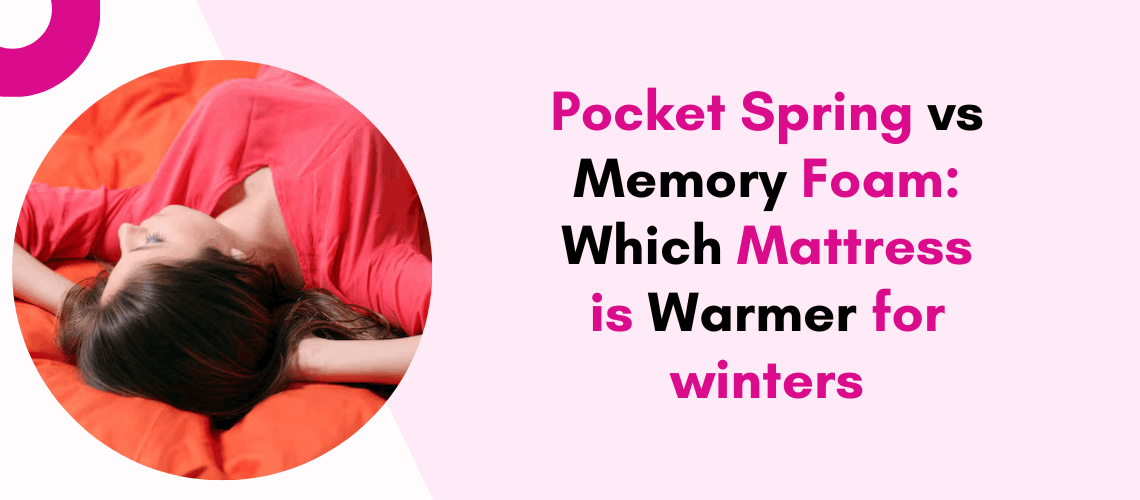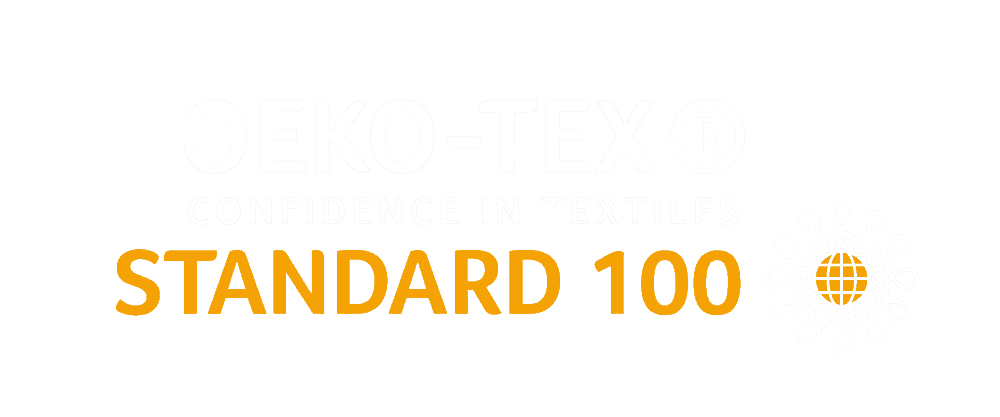

Coirfit
Pocket Spring vs. Memory Foam: Which Mattress is Warmer for winters
- ,
- , Mattress, spring mattress
Winter brings with it a chill that often makes us yearn for warmth and comfort, especially during sleep. The type of mattress you choose can significantly impact your warmth and overall sleep quality during the colder months. Two popular mattress types—Pocket Spring and Memory Foam—are often compared for their suitability across seasons. Let’s explore which of these options provides better warmth for winter nights.
Understanding Pocket Spring Mattresses
Pocket spring mattresses consist of individual springs encased in fabric pockets. These springs work independently to provide targeted support, adapting to your body’s shape and movements. The construction of a pocket spring mattress includes multiple layers, which may also incorporate foam or other materials for added comfort.
Advantages of Pocket Spring Mattresses:
- Excellent breathability due to the open spaces between the springs.
- Provides firm support, making it ideal for people with back or joint issues.
- Minimal motion transfer, which is great for couples.
Warmth Factor: Pocket spring mattresses are not inherently designed to retain heat. The breathable nature of these mattresses ensures good airflow, which helps dissipate heat quickly. While this is beneficial in summer, it can make the mattress feel cooler during winter. To counteract this, you may need additional bedding layers, such as a warm mattress topper or thermal blankets.
Understanding Memory Foam Mattresses
Memory foam is a dense material that responds to heat and pressure, contouring perfectly to the shape of your body. This property makes it a popular choice for people seeking personalized support and pressure relief. Memory foam mattresses often consist of multiple layers, including a memory foam layer and a high-density support layer.
Advantages of Memory Foam Mattresses:
- Provides excellent pressure relief and body contouring.
- Absorbs motion, making it suitable for couples.
- Durable and long-lasting with proper care.
Warmth Factor: Memory foam’s dense structure makes it an excellent choice for retaining heat. It absorbs and traps body heat, creating a warm sleeping environment—a significant advantage during winter. However, some people may find it overly warm, especially those prone to overheating during sleep. Modern memory foam mattresses often include cooling gel layers to address this issue, but for winter, the traditional memory foam design provides optimal warmth.
Comparing Warmth: Pocket Spring vs. Memory Foam
Now that we understand the basics of these mattress types, let’s compare them specifically for winter warmth.
- Heat Retention:
- Pocket Spring: Minimal heat retention due to its breathable design. This is ideal for hot sleepers but can be a disadvantage during colder months.
- Memory Foam: High heat retention due to its dense structure, making it the warmer option for winter.
- Airflow:
- Pocket Spring: Allows excellent airflow, keeping the mattress cool and comfortable in summer but less effective at retaining warmth in winter.
- Memory Foam: Limited airflow, which contributes to its heat-trapping ability, ensuring a cozy sleeping environment.
- Layering Options:
- Pocket Spring: Can be paired with a warm topper to enhance its winter suitability.
- Memory Foam: Often doesn’t require additional layers for warmth, making it a hassle-free option for winter.
- Durability in Winter:
- Both mattress types are durable, but memory foam’s heat retention might slightly reduce its longevity over time if not properly ventilated.
Choosing the Right Mattress for Winter
Your choice between pocket spring and memory foam should depend on your personal preferences and sleeping habits:
- Choose Pocket Spring If:
- You are a hot sleeper and prefer a cooler surface.
- You don’t mind using additional layers like toppers or heated blankets to stay warm.
- You prioritize support and breathability over warmth.
- Choose Memory Foam If:
- You’re looking for a mattress that inherently provides warmth without extra bedding.
- You want excellent body contouring and pressure relief.
- You’re prone to feeling cold at night.
Enhancing Winter Warmth for Both Mattresses
Regardless of your mattress type, there are ways to make your bed cozier for winter:
- Use Thermal Mattress Toppers: These can add a layer of insulation to pocket spring mattresses.
- Invest in Flannel Sheets: Flannel retains heat better than cotton, providing added warmth.
- Choose a Duvet with High Tog Rating: A higher tog rating means better insulation.
- Electric Blankets: Pairing your mattress with an electric blanket can make cold nights much more comfortable.
Conclusion
When it comes to winter warmth, memory foam mattresses have a clear advantage due to their heat-retention properties. However, pocket spring mattresses can still be winter-friendly with the right bedding accessories. If you’re unsure about which mattress is best for your needs, consider factors such as your sleeping temperature preferences, budget, and comfort priorities.
At Coirfit Mattress, we offer a wide range of high-quality mattresses tailored to meet your unique requirements. Whether you prefer the luxurious warmth of memory foam or the breathable support of pocket springs, we have options that ensure restful and cozy sleep—no matter the season. Explore our collection today to find your perfect winter companion!










